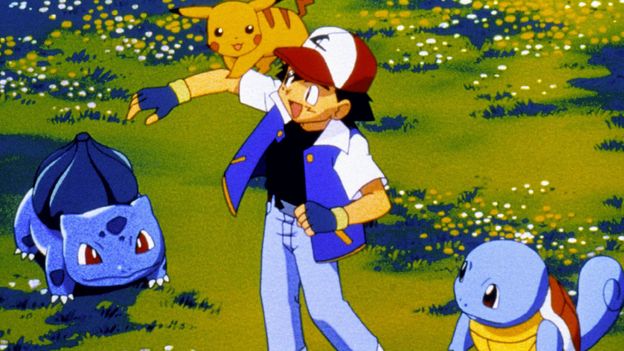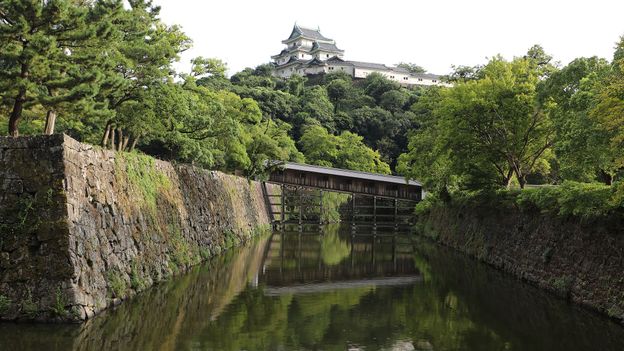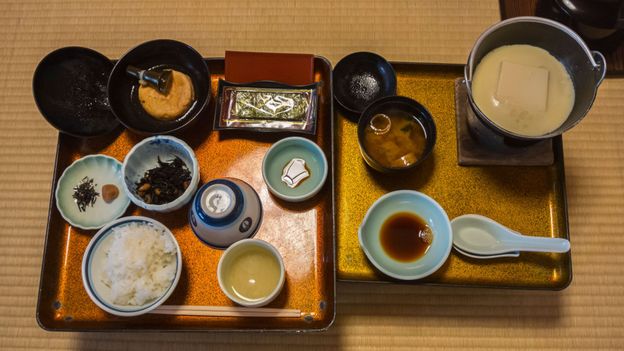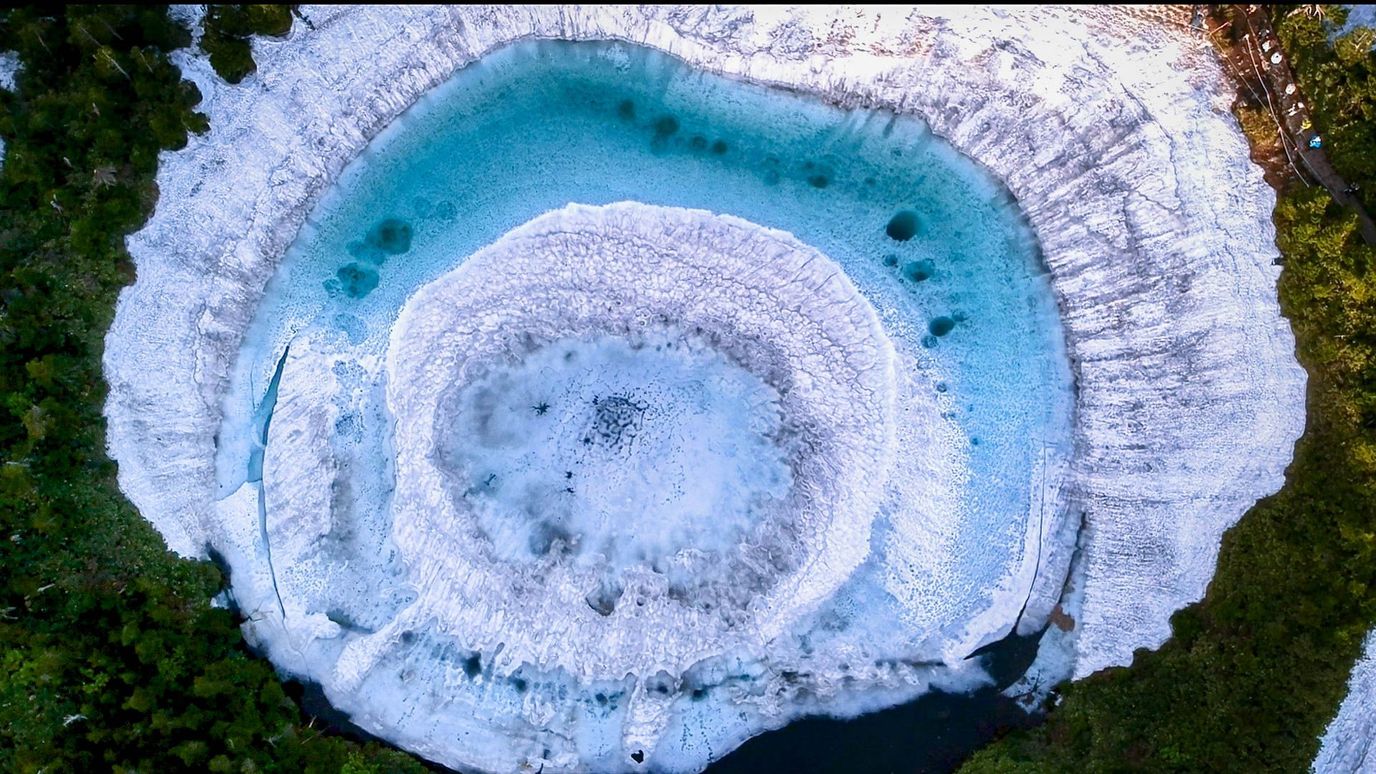What was it about this menagerie of pocket-sized monsters that so bewitched children around the globe? To many Western and Japanese observers, Pokémon seemed to have materialised out of thin air. But it was actually the brainchild of a young man who had spent an adolescence immersed in video games.
Satoshi Tajiri was just 24 when he came up with the concept in 1990, a year after Nintendo’s then-groundbreaking portable Game Boy system went on sale. But the development of the game stretched out for some six years – a veritable eternity in the game industry, and by which time the Game Boy felt downright antiquated in comparison to the increasingly high-tech machines of rival companies.
The X Factor
Competitive gaming has been with us since the dawn of video games. In the seminal Pong, created by US company Atari in 1972, two players squared off in a virtual ballgame played out between glowing paddles of light. The first Pokémon games were a quantum leap beyond those simple arcade-gaming experiences. This was a different sort of play, by turns explorative and meditative, with little of the violence associated with so many digital fantasies.
Set in a fictional countryside populated by wild monsters, Pokémon Red Version and Blue Version compelled players to explore the fields, rivers, and forests of a fantasy world in search of monsters – not to kill but to tame and train. Part of the game was devoted to battle, but an equal or even larger part focused on collecting the imaginary beasties into a virtual menagerie.











